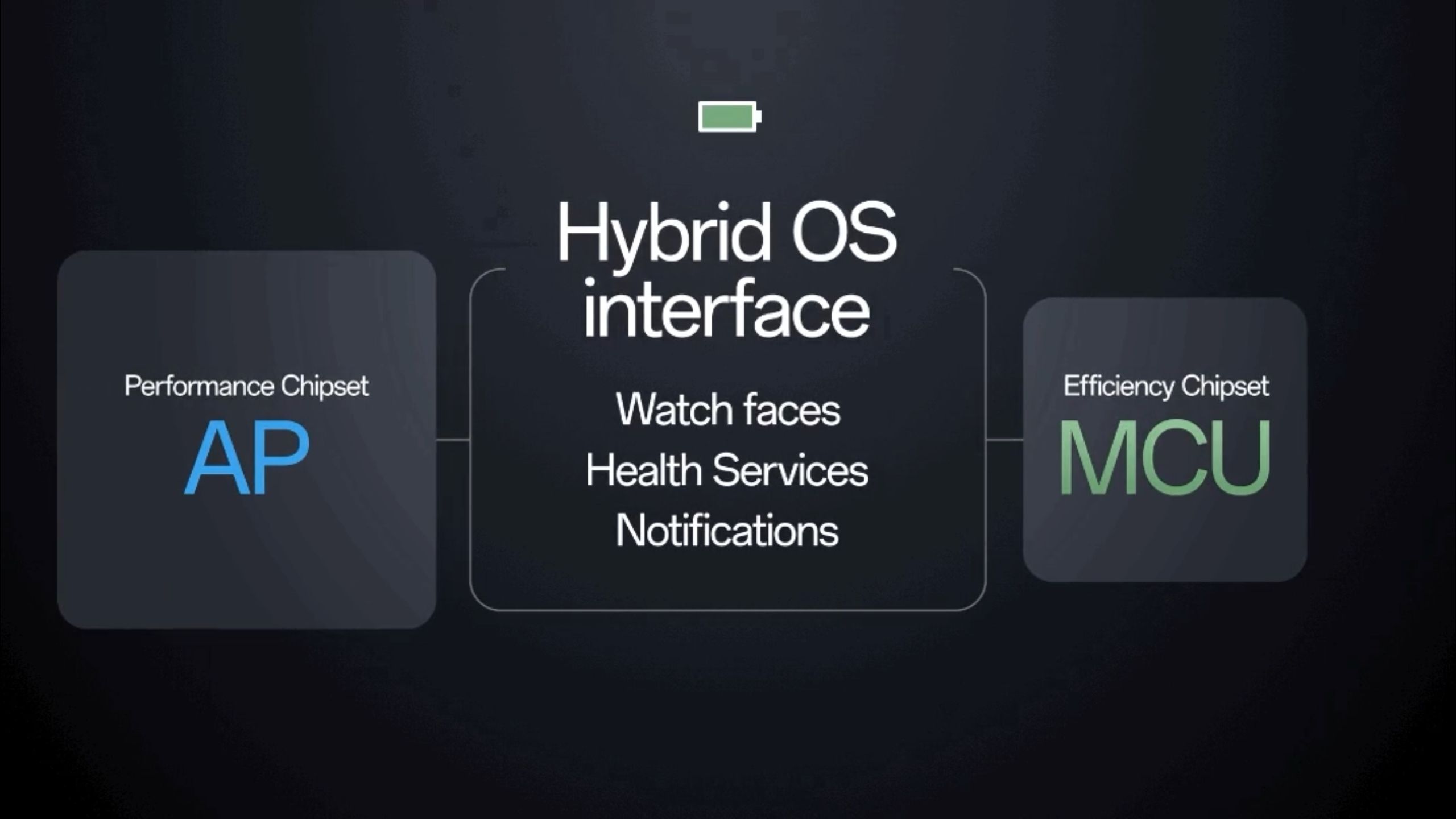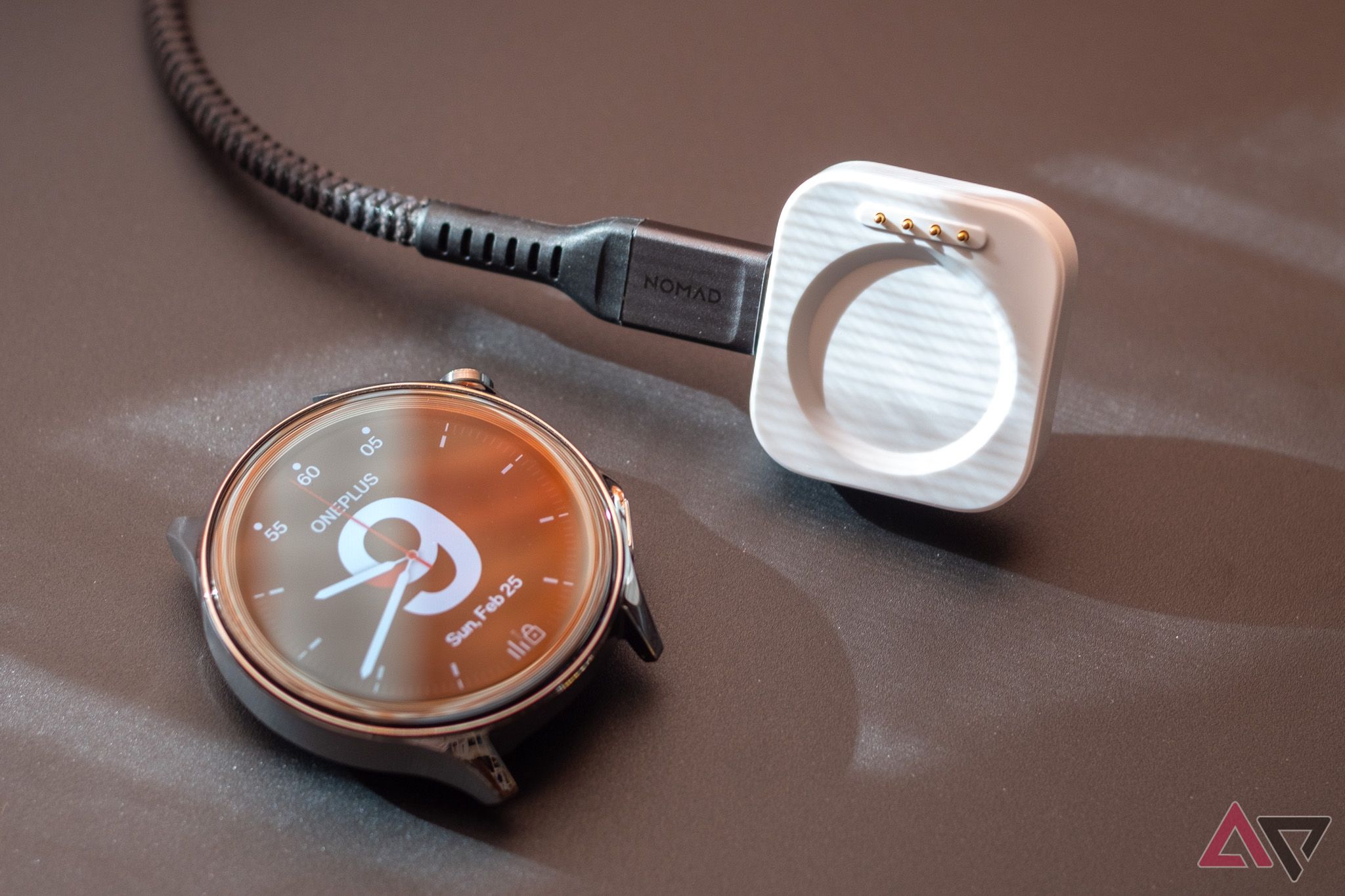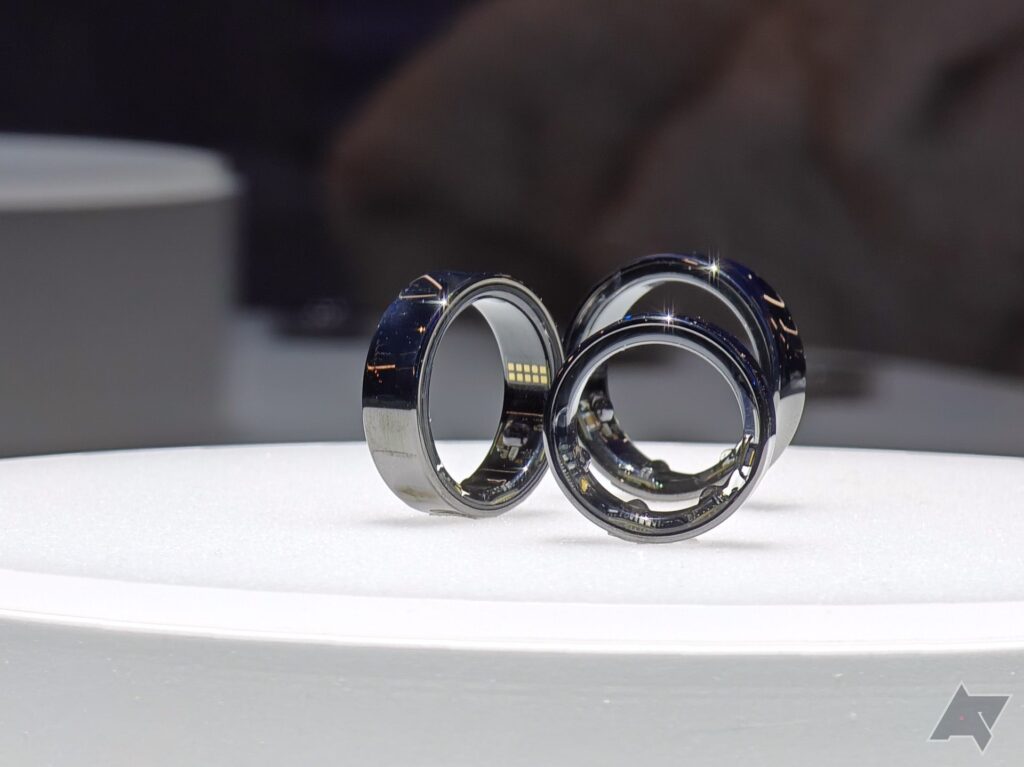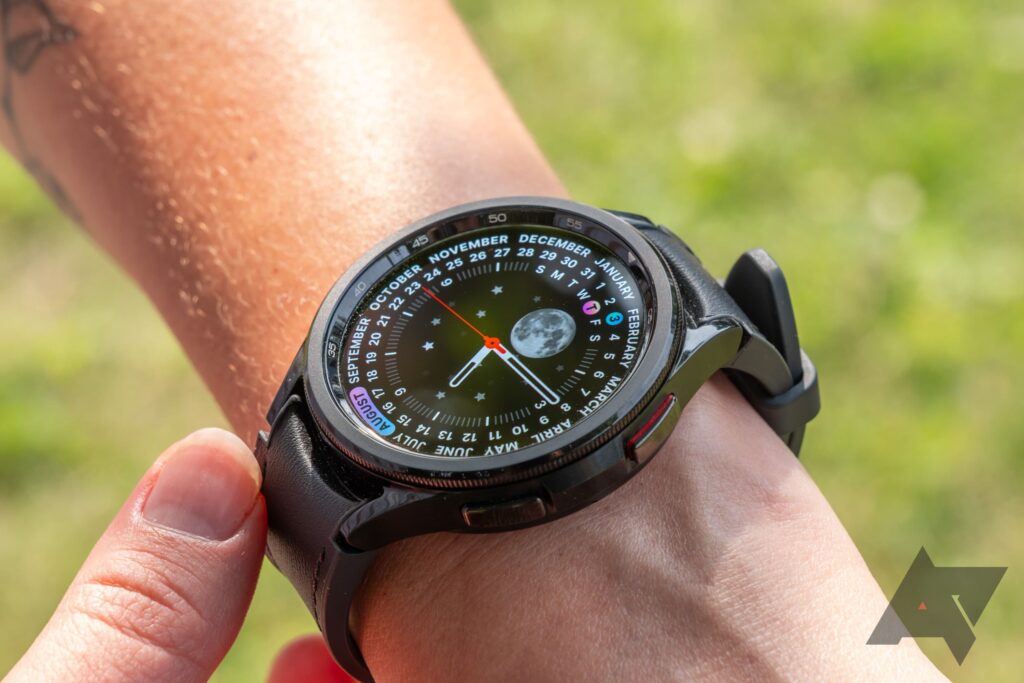Every year at MWC, Google announces a bunch of new features across the Android ecosystem. This year was no different, of course, with apps like Fitbit, Google Docs, Google Maps, and Google Messages seeing new updates. There were also some improvements to the Maps and Wallet apps on Wear OS, but perhaps the most consequential Wear OS-related announcement didn’t come until a few hours after Google made its Android news public. Google debuted a new “hybrid OS interface” for Wear OS that dramatically improves battery life, and it’s already shipping on the new OnePlus Watch 2.
Google is starting spring with a big Android feature roundup
Get ready for Gemini in Messages, Spotify Connect integration, Wear OS updates, and more
What is the hybrid OS interface?
As Google explains, many Wear OS smartwatches actually have two chipsets residing in them. There’s always a powerful applications processor (AP) that runs Wear OS, such as the Qualcomm Snapdragon W5 Gen 1 found in the Pixel Watch 2 and the OnePlus Watch 2. That AP is often paired with an ultra low-power co-processor microcontroller unit (MCU) that runs a custom real-time operating system (RTOS), such as the Bestechnic BES2700 found in the OnePlus Watch 2.
The idea behind this dual-chipset architecture is that less complex workloads can be offloaded to the lower power MCU so that the higher power AP can sleep for as long as possible, maximizing the watch’s battery life. This approach sounds like an “obvious” way to improve battery life, but the challenge lies in how to actually delegate workloads between two entirely different chipsets running two entirely different operating systems. That’s where Wear OS’s new hybrid OS interface comes in.
The APIs provided by the hybrid OS interface. Source: Google.
Wear’s hybrid OS interface consists of APIs that enable the operating system to seamlessly send and receive certain types of data to whatever RTOS is available on the secondary chipset. These APIs fall under three broad categories: Display, Health Services, and Notifications. The Display APIs allow for handing off some display rendering responsibilities to the MCU, which is likely how watch faces built on the Watch Face Format are able to be rendered on the MCU. The Health Services APIs enable offloading features like precise workout tracking, automatic sports recognition, and health data monitoring to the MCU. Lastly, the Notifications APIs enable offloading the processing of bridged notifications (i.e., notifications synced from your phone) to the MCU.
The OnePlus Watch 2 takes full advantage of Wear OS’s hybrid OS interface to deliver up to 100 hours of battery life in its default “Smart Mode.” Indeed, in Android Police’s review of the OnePlus Watch 2, we noted that the battery life on the watch is phenomenal, a statement I can personally attest to after having used the watch for the past week. On the OnePlus Watch 2, the MCU is active whenever you read, dismiss, or interact with most notifications. It’s also active when you’re using most watch faces or scrolling through most tiles. The watch seamlessly switches to the AP whenever you launch an app or try to access certain functionality. Thanks to the hybrid OS interface, you don’t need to hobble the watch’s basic functionality just to have great battery life.
Left: Notifications are rendered on the MCU when you’re just reading them.
Right: The smartwatch seamlessly switches to the AP when you tap the notification to open a Wear app like Calendar.
Will the hybrid OS interface come to other Wear OS smartwatches?
Google’s hybrid OS interface is a game changer for Wear OS, which raises the obvious question of when (or if) these improvements will come to other Android smartwatches like Google’s own Pixel Watch 2. After all, the OnePlus Watch 2 isn’t the only Wear OS smartwatch to have an MCU. The Pixel Watch 2 features a dual-core ARM Cortex-M33 MCU from NXP Semiconductors, according to a teardown from TechInsights. During the latest episode of the Android Faithful podcast (disclaimer: I’m one of the co-hosts), Björn Kilburn, VP of Wear OS and Android Health at Google, answered a question about whether there are any hardware dependencies that might prevent these improvements from reaching other watches.
In response, Björn answered that it “depends” a lot on each individual OEM’s underlying watch architecture and their “power strategy.” He goes on to say that how much of the hybrid OS interface ends up being adopted by a particular OEM depends on their underlying watch architecture but that he “would not be surprised” if we don’t see more OEMs adopt at least the notification hybrid interface.
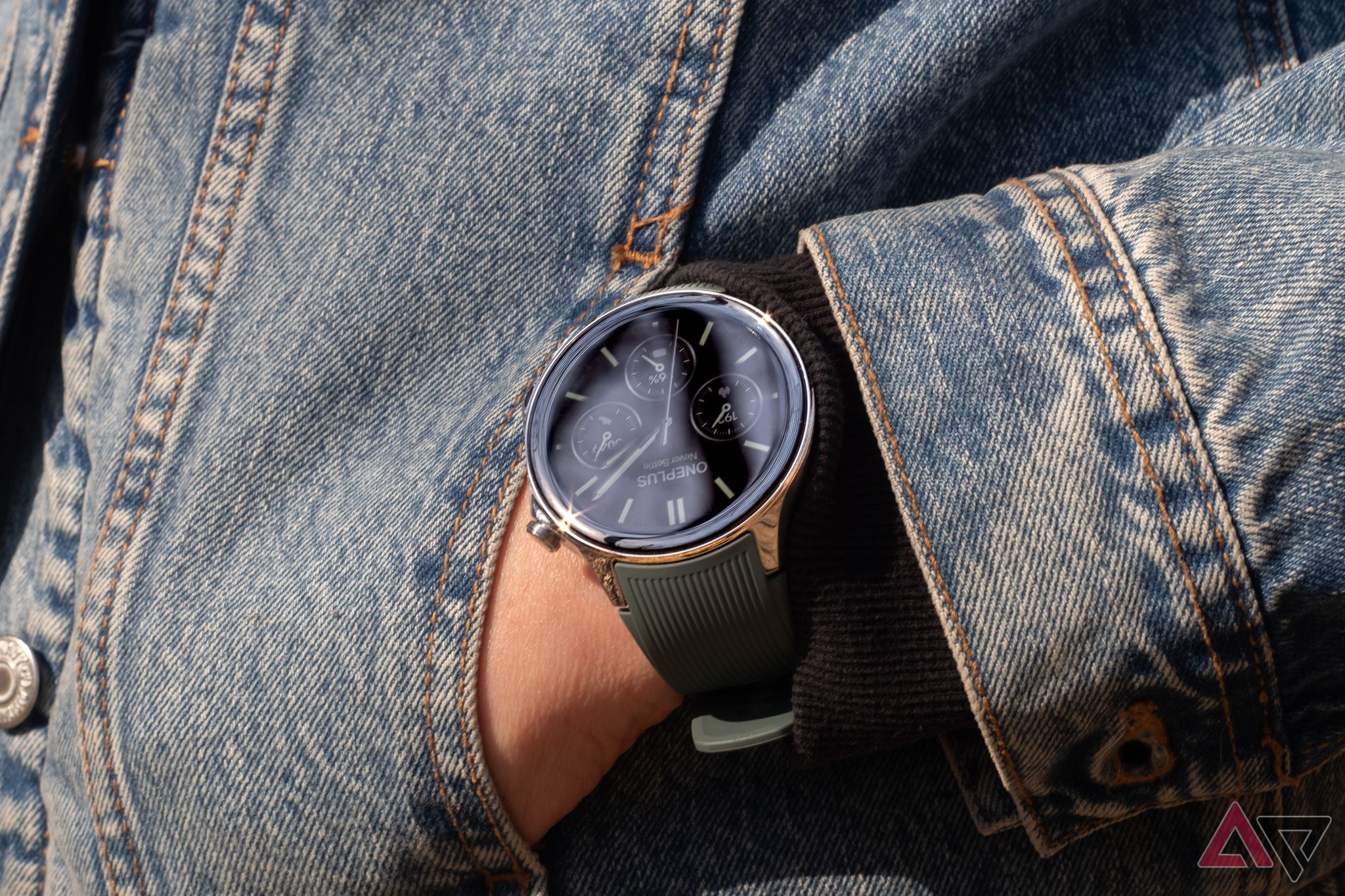
OnePlus Watch 2 review: Worth it for the battery alone
With two chipsets and two operating systems, the OnePlus Watch 2 offers revelatory battery life — but not much more
You might be disappointed that Björn didn’t explicitly confirm whether or not the Pixel Watch 2 or other Wear OS smartwatches will receive all the benefits of the new hybrid OS interface, but keep in mind that he’s in charge of the Wear OS platform as a whole and that each OEM in question will want to do their own announcements. Based on my understanding of the hybrid OS interface, there’s no doubt that OEMs will have to do some work to enable support for it on their own devices, and that includes the team behind the Pixel Watch 2. Even though Wear OS now offers these new APIs, whatever custom RTOS is running on the MCU needs to be capable of utilizing them. OnePlus/Oppo or Bestechnic clearly did the work to enable support on the BES2700 found in the OnePlus Watch 2, so presumably Google or NXP would need to do the same for the Cortex-M33 MCU in the Pixel Watch 2.
Even if your OEM doesn’t update their smartwatch to take full advantage of Wear OS’s hybrid OS interface, Björn told us that there are other power improvements in Wear OS 4 that the company didn’t talk about during this launch. Plus, he noted that OEMs will come up with other ways to achieve better battery life that may or may not make use of the hybrid OS interface. After all, it sounds like Oppo was heavily involved in contributing to the development of the notifications sub portion of the hybrid OS interface. Björn says that the Wear OS team welcomes innovative solutions from its partners in the ecosystem, especially if they lead to more “trustable battery life” for users.
If you’re interested in hearing more about the Wear OS hybrid OS interface, I highly recommend listening to our full interview with Björn Kilburn, which I’ve embedded below. Our question to him about the hybrid OS interface coming to existing watches starts at 21:00 in the VOD. If you’re a watch face developer, I also recommend listening to Björn’s response at 17:55 to my question about the Watch Face Format, as he explains some of the limitations involved in getting legacy watch faces to run on the MCU.

